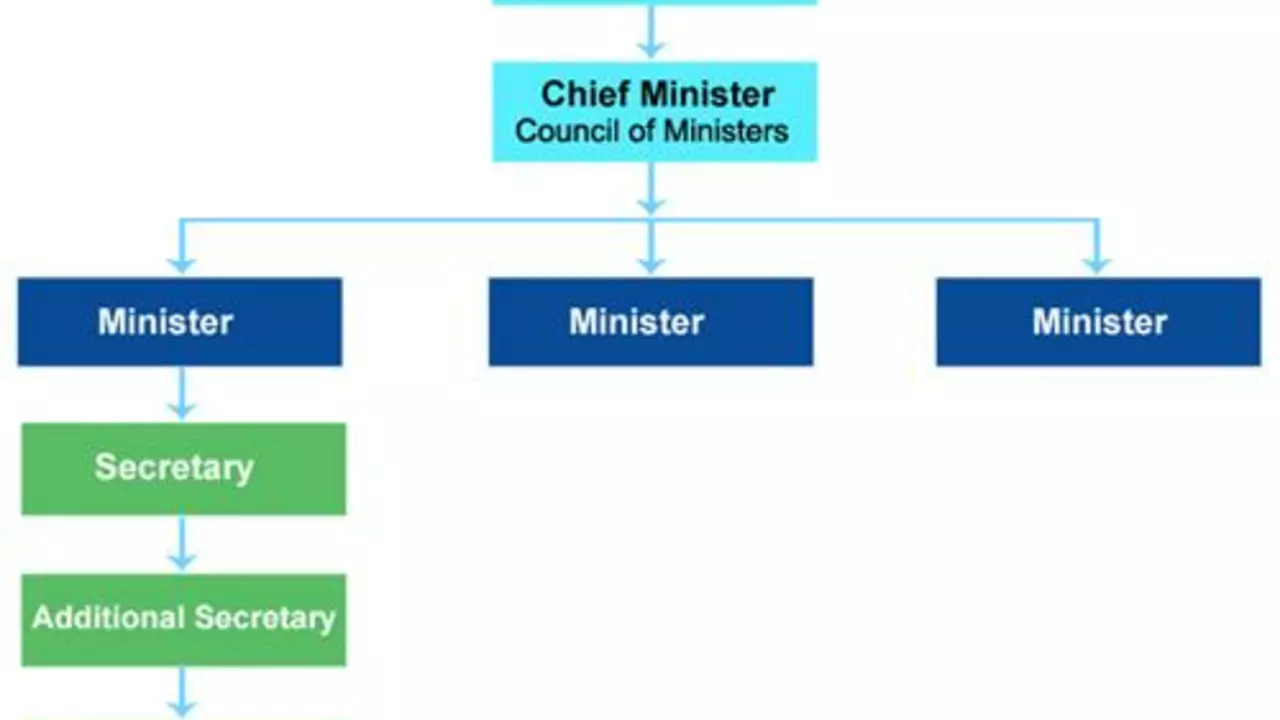All About Government of India Job Updates – Simple, Fast, Useful
Looking for a steady job in the public sector? You’re in the right place. The Government of India hires thousands every year, from clerks to engineers, and the key to landing one is staying on top of the latest notifications. Below you’ll find a plain‑spoken rundown of where to find those alerts, what the common hiring stages look like, and a few tried‑and‑true tricks to move ahead.
Where to Find Real‑Time Government Job Alerts
First stop: official portals. The Ministry of Personnel, Public Grievances and Pensions runs employmentnews.gov.in and posts every vacancy and exam schedule. For banking, railways, and defence, each department maintains its own site – think ibps.gov.in, railway.gov.in, or defencejobs.gov.in. Bookmark these pages and set a daily reminder; most sites let you subscribe to email updates.
Second stop: trusted aggregators. Websites that specialize in government job news pull together the official releases and present them in a tidy list. They often include downloadable PDFs of the full notification, which saves you a few clicks. Just make sure the site is reputable – a quick search for user reviews will weed out the spammy ones.
How the Selection Process Usually Works
Most government posts follow a three‑step pattern: a written exam, a personality test (often called a VIVA or interview), and a final document verification. The written part can be a general ability test, a technical paper, or a combination. Knowing the exact syllabus ahead of time lets you focus your study material, so always download the official syllabus PDF from the notification.
After you clear the written exam, the interview usually examines your communication skills and basic knowledge about the department you’re applying to. Dress neatly, keep your answers short and factual, and be ready to talk about any projects you listed on your resume.
Document verification is the last hurdle. Bring originals of your educational certificates, service records (if you have prior govt experience), and a recent passport‑size photo. Missing papers can disqualify you, even if you topped the exam.
Here’s a quick checklist to keep your application safe:
- Read the full notification – don’t rely on summaries.
- Mark the last date for online submission; late entries are rejected automatically.
- Fill the application form carefully; a single typo can block your file.
- Upload clear, scanned copies of every required document.
- Save the confirmation PDF and note down the application number.
Following these steps removes most of the avoidable mistakes that cause candidates to lose out.
Now that you know where to look and how the process runs, the next question is: how do you actually prepare? Use past years’ question papers – they’re freely available on the same official portals. Set a study schedule that gives you at least two hours a day, and mix short quizzes with longer mock tests. If you’re studying for a technical post, focus on the core subject and practice problem‑solving under timed conditions.
Finally, stay motivated. Government job hunts can stretch over months, but every notification you read, every mock test you finish, brings you a step closer. Keep the paperwork organized, check the portals every morning, and treat each mock test like a real exam. With consistency and the right sources, you’ll increase your odds of joining the India government workforce.
What are the various Ministries under the Government of India?
The Indian government is organized into numerous ministries, each overseeing a specific sector of public policy, government function, or economy. Key ministries include Finance, Defence, Home Affairs, External Affairs, and Human Resource Development, among others. Each ministry is headed by a minister who is a member of the Union Cabinet, and they are responsible for formulating and administering the rules and regulations and laws relating to their designated area. The ministries play a fundamental role in the functioning and governance of India, ensuring smooth operation across all sectors. The number and nature of ministries are subject to change based on the policies and priorities of the ruling party.
Read more